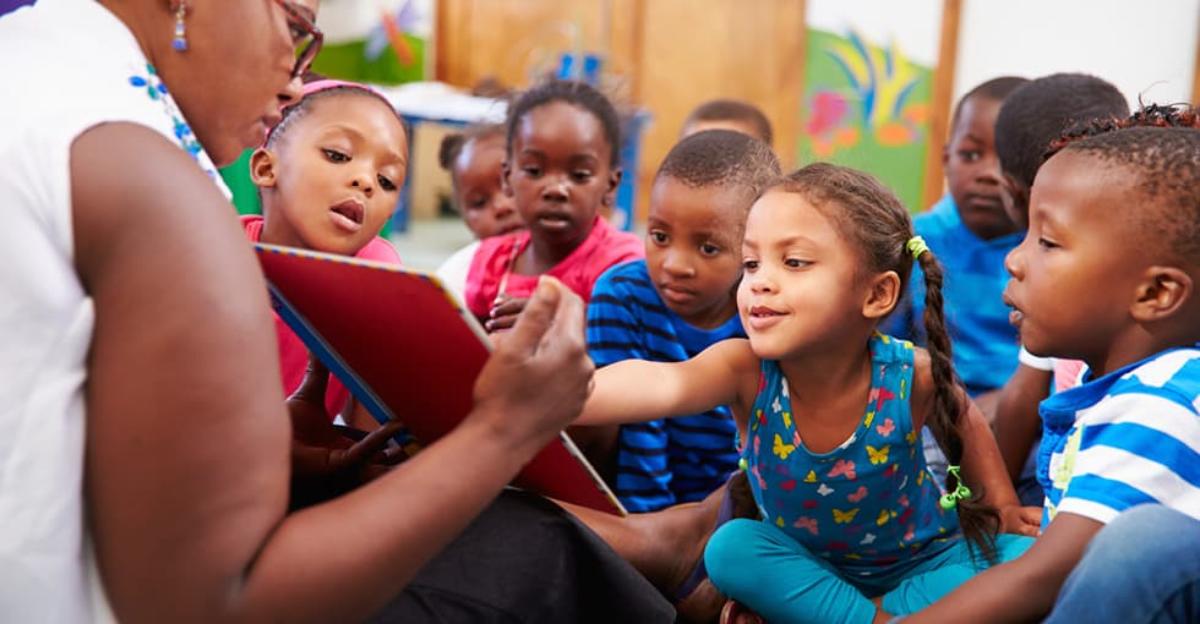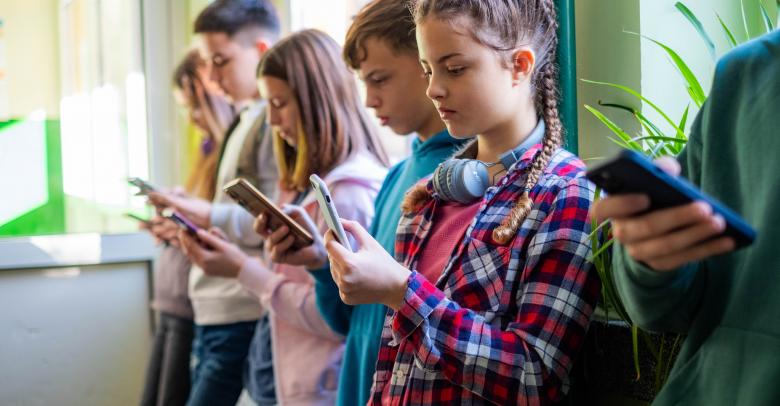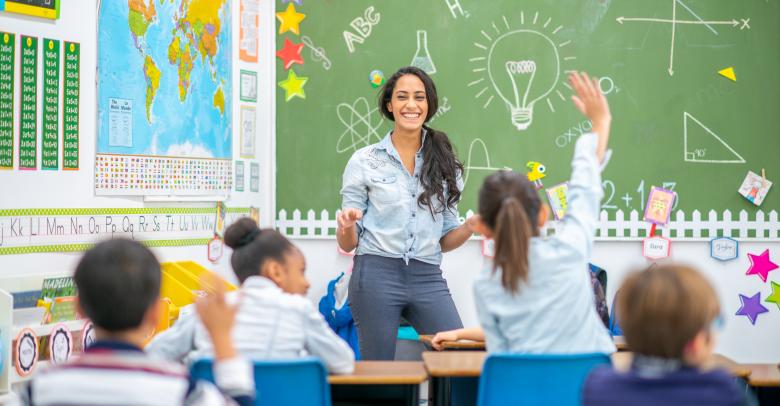Author: Ginny Streckewald, M. Ed.
I have been an early childhood educator for many years and have had the privilege of spending my days in the classroom and on the floor-literally- with infants, toddlers, preschoolers and kindergartners -along with other dedicated teachers who care for and teach the next generation. I am still learning from the little ones.
Last week, my ‘ah-ha lesson’ came from my two-year old grandson. I cherish every moment with this astounding little guy -and his equally active twin- but hesitated when my son asked me to stop by their home and watch him briefly while he ran a quick errand. I had a miserable sinus infection and didn’t want to share it with anyone. I tried to keep my distance as my little guy played with his beloved trucks and trains instead of my usual MO-book sharing. When his father returned, I quickly headed for the door…and was stopped in my tracks by a high pitched wail-easily translated as “Hey, lady. What about our good-bye routine?” Saving my grandson from a sinus infection was certainly not a justification, in his eyes, for no good-bye. Of course, I returned for a High Five and “Bye-Bye, GiGi”!
Routines are important!
Observing and interacting with young children taught me -usually on a daily basis- that routines matter. The rituals of the classroom help young children make sense of their world and master their fears. Familiar songs and predictable activities translate to “I know what happens next. I can do this and I am safe here.” Whether that routine is hanging a coat in a cubby or singing a welcome song in the morning circle, it becomes something that a child can depend on. Young children, who may experience uncertainty in their world beyond the classroom, find a particular comfort in the predictability of classroom routines. A child may be unsure about where they will be sleeping at night but know that they will always be able to find their own special square or space on the circle time carpet.
Parent observers would often marvel at the magic that seemed to happen when I would begin to sing the clean-up song in my classroom. The routine never varied; we would sing as children put away toys and headed to hand washing before snack. The message was clear: “I know what happens next. I can do this and I am safe here.” …and there is always going to be a snack!
Consistent routines translate to positive classroom management. It is how teachers convey to young children what acceptable behaviors look like. It is so much easier for a child to master the routines they are shown than to test and try a variety of unacceptable behaviors to figure out how to participate and be included.
Classroom Routines Provide the Structure
Many may remember back to college coursework and that pyramid drawing representing the theories of the American psychologist, Abraham Maslow. In order for the higher level thinking to occur, the base has to be in place. Classroom routines are bricks that build that foundation of Security, Order and Stability.
As a Kindergarten and Preschool teacher, I always looked forward to coming back to school in January after the holidays. The routines of the classroom were set: The ‘Base of the Pyramid’ was built in our shared space. These little ones, who arrived in August trying to figure it all out, now understood what happened in school, what was expected of them and-within that safe, predictable structure- they were ready to learn-grow-and embrace new challenges. Enjoy this wonderful time of the year when learning and developmental growth in the early childhood classroom takes off!






Leave a Reply